The force experienced by a unit positive charge placed at a point is termed as the electric field intensity at that point. It is vector quantity it’s direction is in the force acting on +ive charge.
The SI unit of electric field intensity is NC–1. Electric field at an axial point of electric dipole:
Assume point P is located at distance r from the centre of an electric dipole as shown in the figure.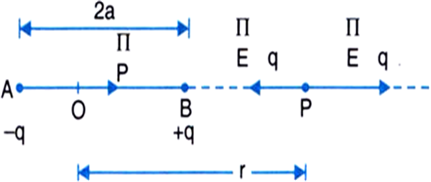
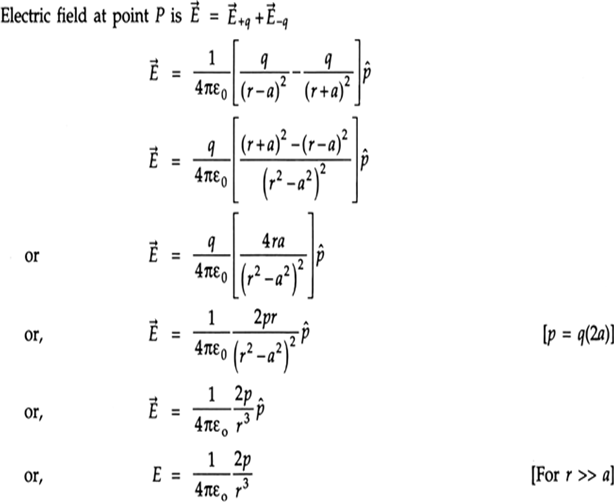
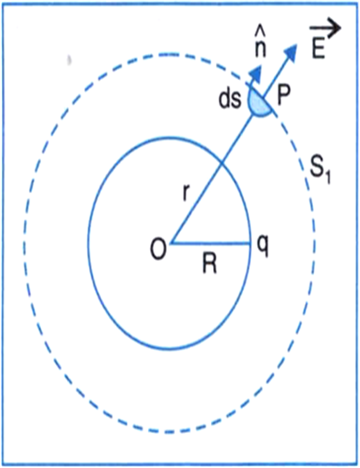
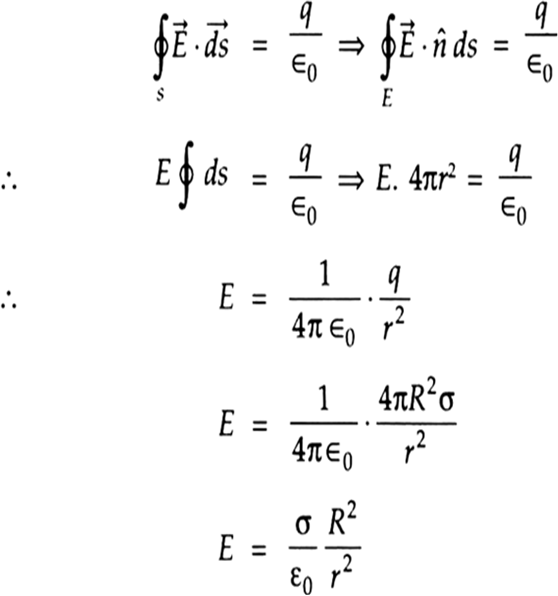
If σ is charge density,
∴ ![]()
∴ Electric field lines when the charged density of the sphere:
(i) Positive (ii) Negative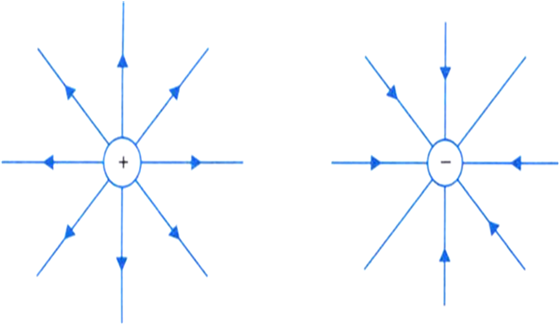
(b) Here diameter = 2.5 m ![]()
Charge density ![]()
(i) ![]()

(ii) Total electric flux
![]()
![]()
![]()

![]()
or, ![]()
![]()
Also, ![]()
Let Fa be the force exerted by the charge of ‘+ O.1μC’ at A on the charge of ‘ + 1 μC’ at the centre O of the square.
Then ![]()
or, ![]()
If Fc is the force exerted by charge at C on charge at O, then

Both ![]() act in the same direction. The resultant of
act in the same direction. The resultant of ![]()
![]()
Force exerted by the charge at B on the charge at O,
![]()
![]()
Force exerted by the charge at D on the charge at O,
![]()
Both ![]() act in the same direction. Resultant of
act in the same direction. Resultant of ![]()
![]()
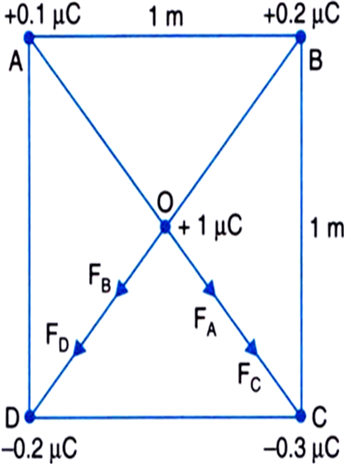
The angle between F1 and F2 is clearly 90°. So, the resultant F of F1 and F2 is given by![]()
(a) Define electric flux. Write its SI units.
(b) The electric field components due to a charge inside the cube of side 0.1 m are as shown:
Ex = x, where = 500 N / C–m
Ey = 0, Ez = 0.
Calculate:
(i) the flux through the cube and
(ii) the charge inside the cube.
(a) Electric flux:
The total number of electric field lines crossing an area in an electric field is termed as electric flux.
It is denoted by ΦE.
Electric flux is a scalar quantity, its SI unit is Nm2 C–1.
(b) Here, Ex = αx, Ey = 0, Ez = 0
α = 500 N/C–m, side of a cube a = 0.1 m
As the electric field has only X-component then,![]()
for each of four faces of cube 1 to Y-axis and Z-axis.
∴ Electric flux is only for left and right face along X-axis of cube.
(i) Electric field at the left face,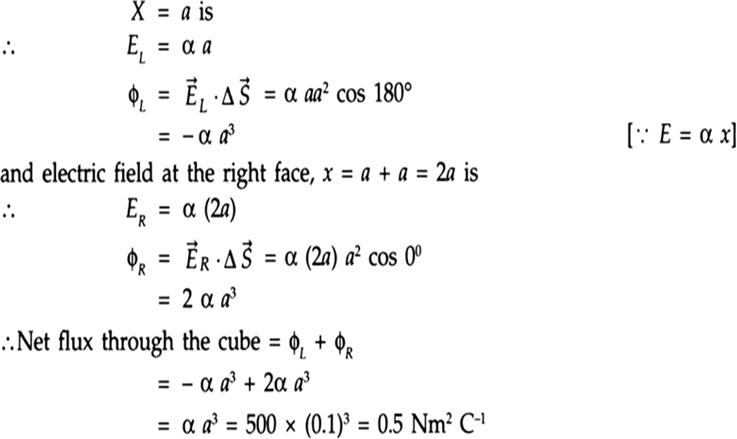
(ii) According to Gaussian law
![]()
or, ![]()
